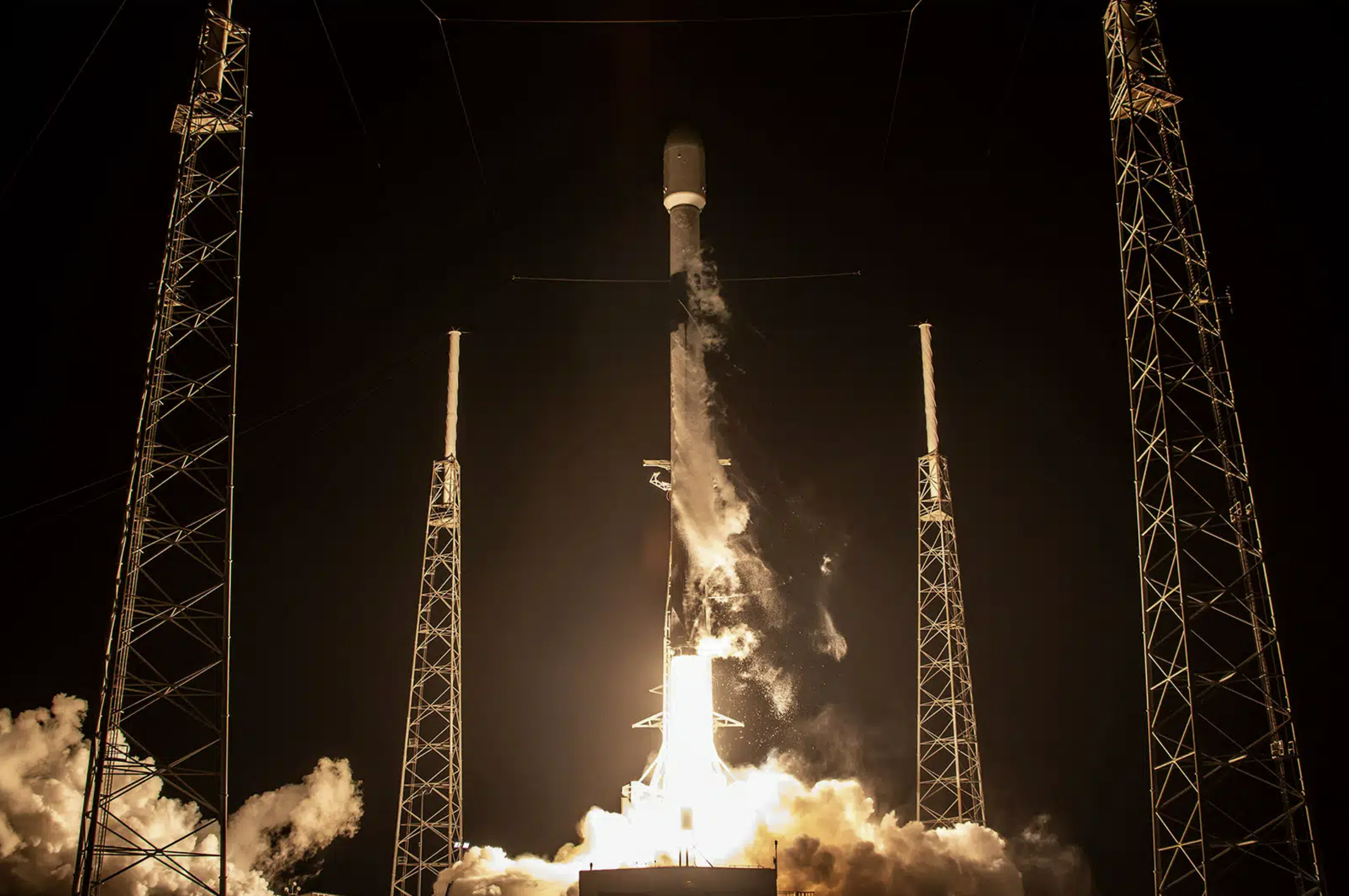Intelsat 40e High-Throughput Satellite Successfully Launched
Intelsat, operator of one of the world’s largest integrated satellite and terrestrial network and leading provider of inflight connectivity, announced the successful launch of Intelsat 40e (IS-40e), a geosynchronous satellite that relies on spot-beam technology to provide a large amount of capacity over North America for Intelsat’s commercial aviation, mobility and network service customers.
“The IS-40e high-throughput technology serves as a significant commitment to our North American commercial aviation, mobility and network customers,” said Dave Wajsgras, CEO at Intelsat. “As we continue to refresh our fleet of satellites and add capacity, Intelsat is focused on providing the best value and service for our customers and their end users. The satellite also includes a NASA payload that will be the first instrument to monitor air pollution across North America from geostationary orbit.”
The Maxar-manufactured IS-40e satellite launched aboard SpaceX’s Falcon 9 rocket from Cape Canaveral Space Force Station in Florida at 12:30 a.m. EDT. IS-40e separated from the vehicle at 1:02 a.m. EDT and Intelsat confirmed its signal acquisition at 1:14 a.m. EDT.
When operational in May, IS-40e will be positioned at 91 degrees West and deliver a wide range of services and coverage, including:
Incremental high-throughput capacity will be added into Intelsat’s commercial aviation network, providing passengers with an enhanced user experience from coast-to-coast.
High-speed connectivity will be added into Intelsat’s Flex network to support growth for on-the-go industrial operations, rapid response missions, maritime, offshore communications, inflight connectivity for business jets and government aviation.
Enterprise customers will see higher speeds and better coverage for strengthening SD-WAN and other network services.
Cellular customers will be able to leverage more capacity to deliver 4G/LTE and 5G services for rural and remote areas and where seasonal demand and disaster recovery service is needed.
In addition, IS-40e hosts NASA’s, “Tropospheric Emissions: Monitoring Pollution” or TEMPO payload. Operated by Intelsat, the TEMPO instrument will monitor and track air pollution across North America on an hourly basis with the ability to stay over a region of interest during a natural disaster like a major fire or volcano eruption.
When TEMPO starts operations this summer, scientists with Smithsonian Astrophysical Observatory will send commands through the Intelsat custom-built software to the instrument and instruct it on where and when to scan. Raw data from the observations will be transmitted back down to an Intelsat ground station and made available for the scientists.
